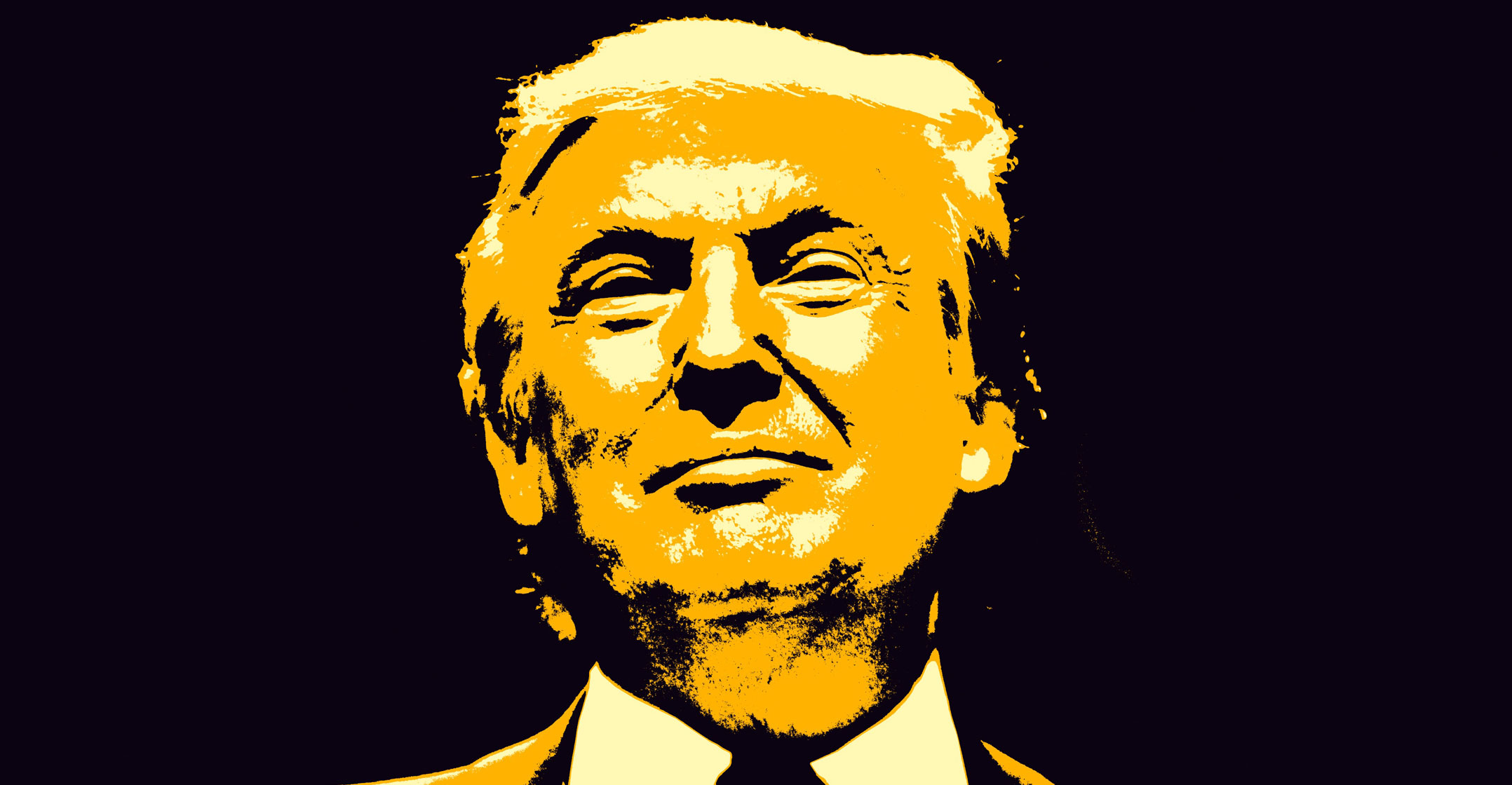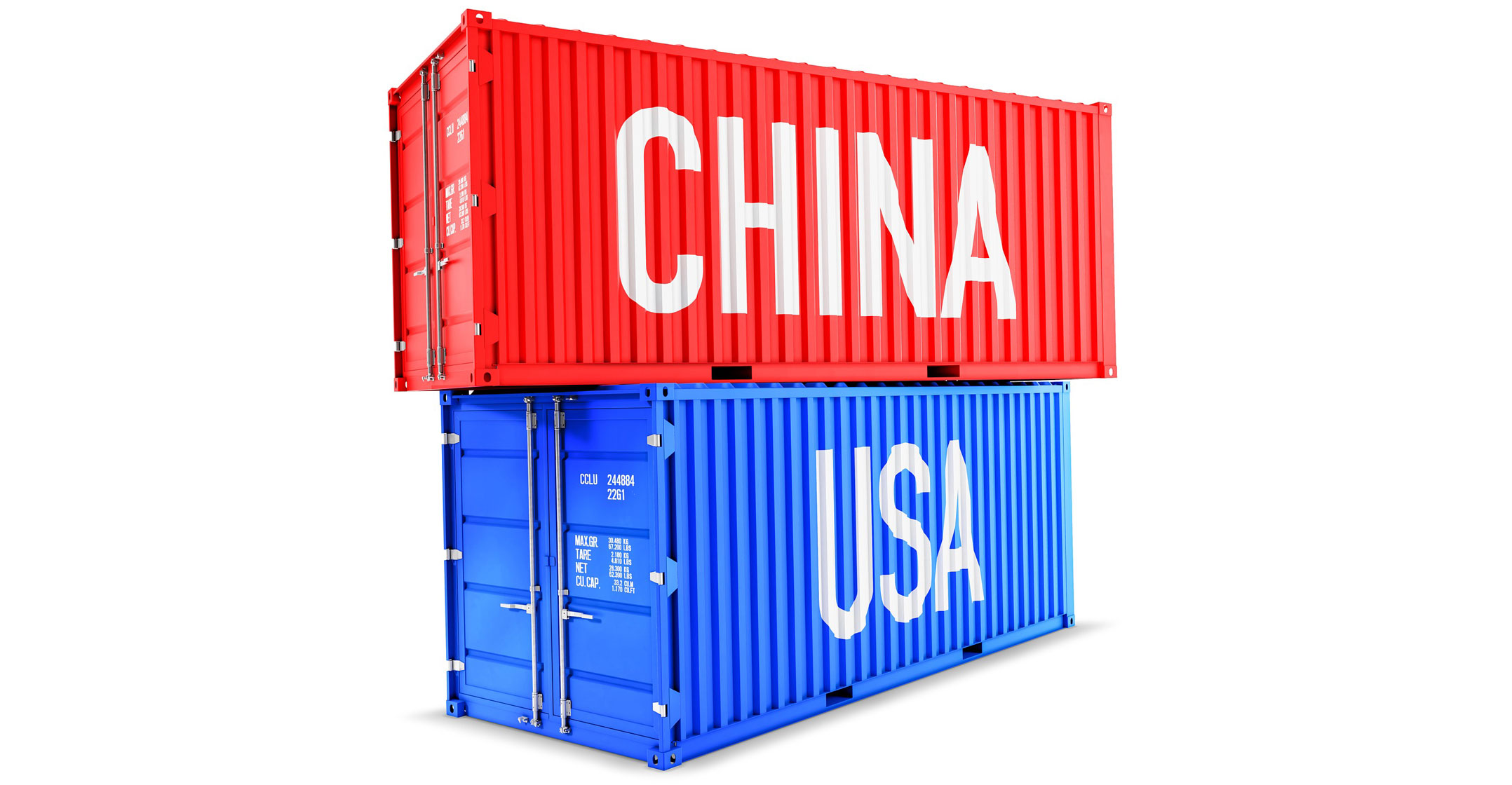
US President Donald Trump signed off on a phase-one trade deal with China, averting the 15 December introduction of a new wave of US tariffs on about US$160-billion of consumer goods from the Asian nation, according to people familiar with the matter.
The deal presented to Trump by trade advisers on Thursday included a promise by the Chinese to buy more US agricultural goods, according to the people. Officials also discussed possible reductions of existing duties on Chinese products, they said. The terms have been agreed but the legal text has not yet been finalised, the people said. A White House spokesman declined to comment.
While there was no official confirmation from the government in Beijing on Friday, an announcement is expected in Washington as early as today, according to people familiar with the Americans’ plans. One possible option is for US trade representative Robert Lighthizer to sign the agreement with Chinese ambassador Cui Tiankai, according to people briefed on the matter.
Global stocks hit a record high for the first time since early 2018 and bond yields climbed on optimism over trade. On Thursday, Trump tweeted that the US and China are “VERY close” to signing a “BIG” trade deal, also sending equities higher. The yuan surged the most in a year, rising above 7 per dollar.
“They want it, and so do we!” he tweeted five minutes after equity markets opened in New York, sending stocks to new records.
The administration has reached out to allies on Capitol Hill and in the business community to issue statements of support once the announcement is made, people said. Before meeting his trade advisers, Trump engaged with members of the Business Roundtable, which represents some of the largest US companies, they said.
Trump changed his mind on deals with China before. Negotiators have been working on the terms of the phase-one deal for months after the president announced in October that the two nations had reached an agreement that could be put on paper within weeks.
25% duty
The US has added a 25% duty on about $250-billion of Chinese products and a 15% levy on another $110-billion of its imports over the course of a roughly 20-month trade war. Discussions now are focused on reducing those rates by as much as half, as part of the interim agreement Trump announced almost nine weeks ago.
In addition to a significant increase in Chinese agricultural purchases in exchange for tariff relief, officials have also said a phase-one pact would include Chinese commitments to do more to stop intellectual-property theft and an agreement by both sides not to manipulate their currencies.
Put off for later discussions are knotty issues such as longstanding US complaints over the vast web of subsidies ranging from cheap electricity to low-cost loans that China has used to build its industrial might.
The new duties, which were scheduled to take effect at 12.01am Washington time on Sunday unless the administration says otherwise, would hit consumer goods from China including smartphones and toys.
 Even amid the positive signs on trade, Chinese foreign minister Wang Yi highlighted the other confrontations between the two sides. On Friday in Beijing, Wang said that US actions had “severely damaged the hard-earned basis for mutual trust” and left the relationship in their “most complex” state since the two sides established ties four decades ago.
Even amid the positive signs on trade, Chinese foreign minister Wang Yi highlighted the other confrontations between the two sides. On Friday in Beijing, Wang said that US actions had “severely damaged the hard-earned basis for mutual trust” and left the relationship in their “most complex” state since the two sides established ties four decades ago.
Before today, Trump’s advisers had sent conflicting signals and stressed that he hadn’t made up his mind on the next steps.
The decisions facing Trump over a trade deal highlight one dilemma he confronts going into the 2020 election: whether to bet on an escalation of hostilities with China and the tariffs he is so fond of or to follow the advice of more market-orientated advisers and business leaders who argue a pause in the escalation would help a slowing US economy bounce back in an election year. — Reported by Jenny Leonard, Jennifer Jacobs, Shawn Donnan and Saleha Mohsin, (c) 2019 Bloomberg LP




